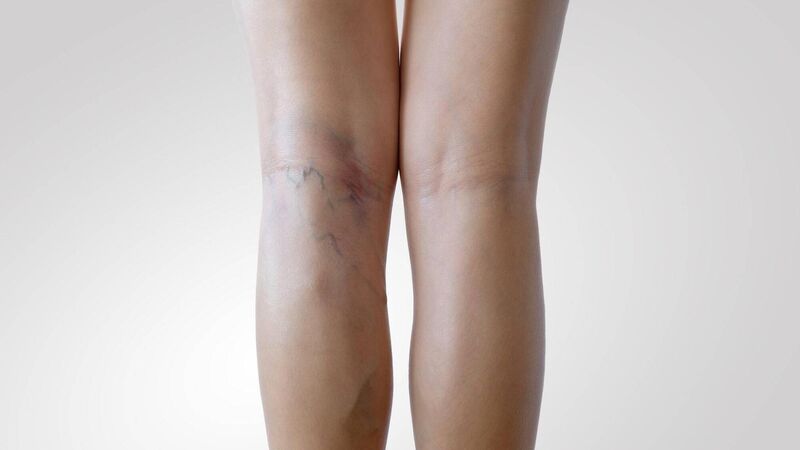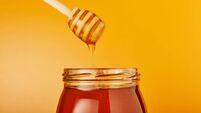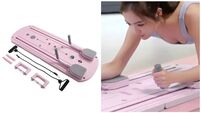Natural Health: What can I do about my aching varicose vein?

Varicose veins are more common in women than men and are indeed hereditary, so it is good that you’re addressing the problematic vein now rather than waiting for the issue to become more serious.

Celebrating 25 years of health and wellbeing











